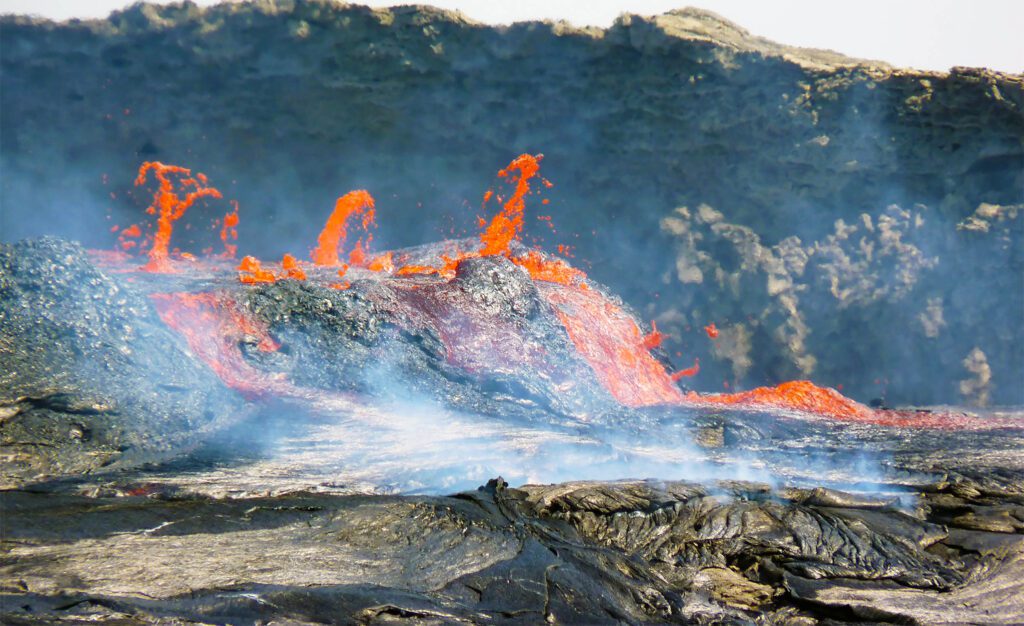The article discusses research on the Earth’s mantle, particularly in East Africa, where the upwelling of mantle material significantly influences volcanic activity and tectonic dynamics. Scientists, led by the University of Southampton, analyzed lava samples from over 130 young volcanoes, revealing that the mantle’s behavior is complex and asymmetrical, exhibiting pulse-like patterns akin to a heartbeat.
Key findings include:
-
Dynamic Upwelling: The mantle beneath East Africa is not uniform; it consists of varying plumes and materials. As these pulses ascend, they affect the tectonic plates above, contributing to thinning of the crust and the formation of new sea basins.
-
Chemical Signatures: The study found that the chemical characteristics of mantle plumes vary with the movements of the tectonic plates, which influences the rate and concentration of upwelling.
-
Impact on Surface Activity: These processes lead to volcanic activity and seismic events, which are linked to how quickly the plates are pulled apart.
- Environmental Implications: Understanding these mantle dynamics can provide insights into past environmental changes related to volcanic activity, possibly shedding light on historical mass extinctions caused by massive gas emissions.
The researchers aim to further explore mantle flow beneath thin tectonic plates to better understand its implications for volcanic activity and geological processes. This work highlights the interconnectedness of deep Earth dynamics and surface events.


